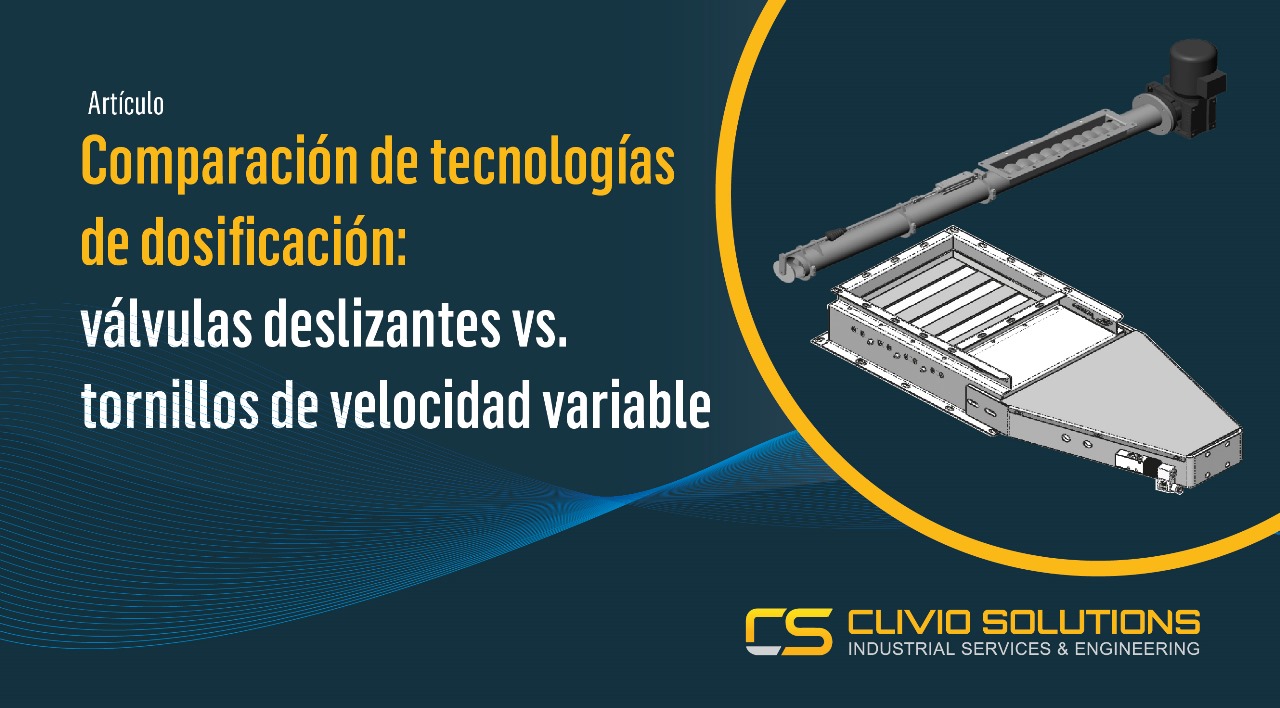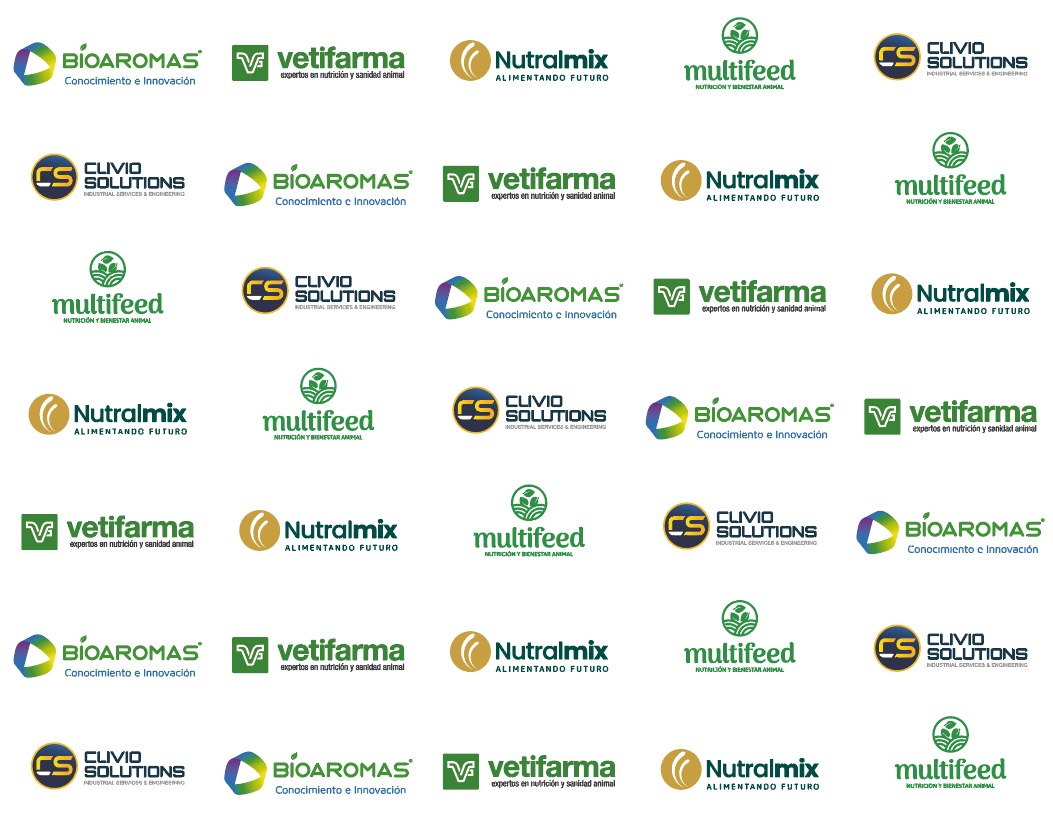.jpg)

Comparación de tecnologías de dosificación: válvulas deslizantes vs. tornillos de velocidad variable
La dosificación precisa de materias primas es esencial en diversas industrias, desde la alimentaria hasta la farmacéutica.
En este artículo, exploraremos dos tecnologías comunes en esta tarea: las válvulas deslizantes y los tornillos de velocidad variable. Analizaremos sus características y ventajas para ayudar a los profesionales a elegir la mejor opción.
Válvulas deslizantes
- Principio de funcionamiento: Controlan el flujo de materias primas mediante compuertas o clapetas.
- Características principales: Son idóneas para productos que fluyen fácilmente, como el pet food.
- Desafíos: Pueden enfrentar problemas con la formación de "puentes" en materiales de flujo difícil.
Tornillos de velocidad variable
- Principio de funcionamiento: Utilizan tornillos sin fin giratorios para dosificar materiales.
- Características principales: Ofrecen dosificación precisa y consistente, adaptable a una amplia variedad de materiales.
- Ventaja adicional: Brindan flexibilidad de ubicación en la planta, ideal para configuraciones circulares como el carrousel.
Comparación y conclusiones
Ambas tecnologías tienen sus méritos, sin embargo, los tornillos de velocidad variable destacan por su versatilidad y precisión. Al elegir entre ellas, considerar el tipo de material a dosificar y los requisitos de precisión del proceso es esencial. Los tornillos de velocidad variable se destacan como la opción más confiable para una variedad de aplicaciones industriales.


.jpg)